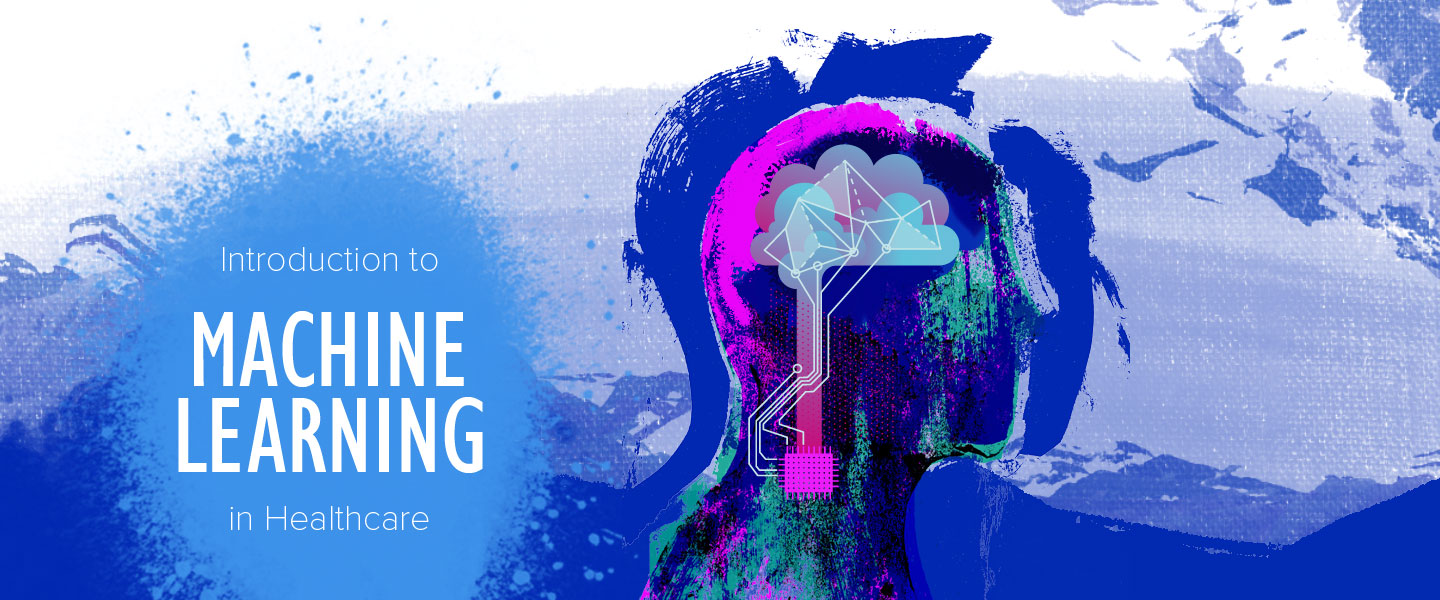The year 2024 marks a pivotal moment in the healthcare landscape, driven by a confluence of factors such as rising costs, technological advancements, and the ever-growing importance of evidence-based care. In the upcoming year, it will be critical for payers to be attuned to the following trends to navigate the evolving healthcare terrain successfully.
The Rise of Evidence-Based Care: A Priority for Health Tech
According to a recent LinkedIn poll from NantHealth, one of the most important issues health tech companies should address in the upcoming year is around evidence-based care. As the healthcare industry increasingly relies on data-driven insights, evidence-based care emerges as a crucial element in decision-making processes. Providers and payers alike must harness technology to integrate robust evidence into their practices, ensuring more effective and personalized patient care.
Tackling the Cost Conundrum through Value-Based Care and Technology
Cost savings opportunities for the medical industry increased by 41% due to higher costs for manual transactions and lower costs for electronic transactions. Rising healthcare costs remain a paramount concern for payers in 2024. In response, the industry is undergoing a shift toward value-based care frameworks. Technology plays a pivotal role in facilitating this transition, with solutions like NaviNet Open streamlining communication between payers and providers. The result helps to provide a more integrated and cost-effective approach to healthcare delivery, where the focus is on optimizing care value and reducing inefficiencies.
The continued growth of value-based healthcare is anticipated, bringing several benefits, including prevention and care quality, improved outcomes, enhanced patient-physician experience, and cost savings. This approach has the potential to reshape the healthcare landscape by correcting the flaws in the fee-for-service system and promoting a patient-centered, outcome-based model.
Emerging technologies are also helping address challenges in prior authorization, aiming for a more efficient and targeted management of utilization and spend across various lines of business and specialties.
Payer-Provider Collaboration: Streamlining Processes for Savings
Efficient collaboration between payers and providers is vital for achieving cost savings and operational efficiency. Automation of manual transactions presents an opportunity to save billions. Technology solutions that enhance communication, streamline processes, and improve satisfaction for both payers and providers are crucial for meeting the evolving demands of the healthcare landscape.
Artificial Intelligence (AI) for Personalized Care
The increasing prevalence of AI and machine learning is transforming healthcare, offering the potential for more personalized patient care. AI can leverage patient data for quicker risk assessment, cost-effective treatment comparisons, and improved administrative efficiency. Healthcare leaders anticipate tangible cost savings, trust AI for non-clinical tasks, and believe it can create more opportunities for employees, ushering in a new era of enhanced patient outcomes and operational efficiency.
- 99% of healthcare leaders anticipate tangible cost savings as a result of investing in AI.
- 96% says AI plays a crucial role in the efforts to reach the organization’s equity goals.
- 39% believe AI presents opportunities to ease administrative burdens.
- 72% of healthcare leaders trust AI to support non-clinical tasks.
Interoperability for Payer Efficiencies
One of the greatest benefits of implementing advanced technologies that utilize interoperability is that they have the capability to reduce costly, manual, and time intensive tasks like claim status calls. For example, on average, it takes approximately 14 minutes for a provider’s office to get in touch with a payer to check on a claim status. Multiply that by the 173 million claim status inquiries providers made by phone, fax, or email, and the financial ramifications are enormous.
Interoperability emerges as a key trend with the potential to reduce costly and time-intensive tasks. By automating information exchange between systems, interoperability eliminates the need for manual claim status calls, most likely improving efficiency and reducing financial burdens on both providers and payers.
Increasing Demand for Price Transparency
Out-of-pocket spending grew in 2021 by 10.4%, a rising rate not seen since 1985. Benefits costs, in general, have grown – between 2021 and 2022, they jumped to 9.1% and then to 9.4%, respectively. Unfortunately, the projected healthcare costs will continue to rise by 6.5% next year, according to WTW. All this has pushed patients to demand better price transparency.
The demand for price transparency continues to escalate, fueled by the growth in out-of-pocket spending and rising benefit costs. Patients want plans that are simpler to understand, and they seek innovative ways to manage their healthcare, including telemedicine and cost-effective options. Legislation such as the No Surprises Act aims to protect patients from unexpected medical bills, emphasizing the need for transparent and accessible pricing information.
The Role of Emerging Technologies in Healthcare Evolution
Technology’s rapid evolution, spurred by crises like COVID-19 and legislative changes, is driving continuous innovation in healthcare. From the consumerization of healthcare to the proliferation of digital access points, payers must adapt to these changes and leverage solutions like NantHealth’s NaviNet® to help foster stronger relationships and collaboration among stakeholders.
The future of healthcare in 2024 is characterized by a transformative shift towards evidence-based care, increased reliance on technology for cost-effective and value-based solutions, and a growing demand for transparency and personalized patient care. Payers need to stay abreast of these trends to navigate the complexities of the evolving healthcare landscape successfully.







